It’s time for our annual roundup of the most-earned and rarest merit badges. Let’s take a look at what changed, what stayed the same and what took the prize as our most highly earned merit badge of last year (SURPRISE! It’s never been in the top spot before).
In 2021, we saw the rebound of merit badges many Scouts earn at summer camp. And 2022 seems to have solidified interest in those badges. Read on to see where Scouts have remained consistent and where they’ve focused new interest.
The 10 most-earned merit badges of 2022
The Citizenship in Society merit badge shook up the top-earned list during its first full year as an option for Scouts (and as it became a required merit badge for Eagle Scouts last summer).
2022 Rank
Merit Badge
1
Citizenship in Society
2
First Aid
3
Swimming
4
Environmental Science
5
Citizenship in the World
6
Camping
7
Communication
8
Citizenship in the Nation
9
Cooking
10
Personal Fitness
The alternative top 10
OK, let’s take a look at the most popular merit badges that aren’t required to earn Eagle Scout.
2022 Rank
Merit Badge
1
Fingerprinting
2
Rifle Shooting
3
Archery
4
Leatherwork
5
Kayaking
6
Wood Carving
7
Chess
8
Wilderness Survival
9
Art
10
Fishing
The 10 rarest merit badges of 2022
Are you or your Scouts collector’s-edition merit badge fans? Here are some of the most rarely earned badges from 2022.
2022 Rank
Merit Badge
128
Veterinary Medicine
129
Composite Materials
130
Truck Transportation
131
Dentistry
132
Stamp Collecting
133
American Labor
134
Journalism
135
Surveying
136
Drafting
137
Bugling
Noteworthy changes in the rankings
While somewhat consistent, check out some minor shake ups in the rankings below.
Top gains
2022 Rank
Merit Badge
2021 Rank
Difference
81
Radio
98
17
65
Electronics
80
15
101
Whitewater
116
15
71
Nuclear Science
85
14
75
Railroading
89
14
35
Aviation
48
13
45
Chemistry
58
13
41
Engineering
52
11
72
Salesmanship
83
11
68
Snow Sports
78
10
The complete lineup
Green means a merit badge is required for Eagle.
A total of 21 merit badges must be earned for the Eagle Scout rank, including these 14 merit badges:
First Aid
Citizenship in the Community
Citizenship in the Nation
Citizenship in Society
Citizenship in the World
Communication
Cooking
Personal Fitness
Emergency Preparedness OR Lifesaving
Environmental Science OR Sustainability
Personal Management
Swimming OR Hiking OR Cycling
Camping
Family Life
2022 Rank
Merit Badge
2021 Rank
Difference
1
Citizenship in Society
2
First Aid
2
3
Swimming
1
-2
4
Environmental Science
3
-1
5
Citizenship in the World
5
0
6
Camping
4
-2
7
Communication
7
0
8
Citizenship in the Nation
11
3
9
Cooking
6
-3
10
Personal Fitness
9
-1
11
Personal Management
17
6
12
Fingerprinting
12
0
13
Citizenship in the Community
15
2
14
Emergency Preparedness
18
4
15
Family Life
16
1
16
Rifle Shooting
8
-8
17
Archery
10
-7
18
Leatherwork
13
-5
19
Kayaking
14
-5
20
Wood Carving
19
-1
21
Chess
21
0
22
Wilderness Survival
22
0
23
Art
24
1
24
Fishing
20
-4
25
Canoeing
23
-2
26
Shotgun Shooting
26
0
27
Climbing
28
1
28
Lifesaving
29
1
29
Space Exploration
25
-4
30
Mammal Study
27
-3
31
Astronomy
30
-1
32
Photography
33
1
33
Geology
31
-2
34
Basketry
34
0
35
Aviation
48
13
36
Small Boat Sailing
38
2
37
Nature
32
-5
38
Game Design
37
-1
39
Welding
44
5
40
Indian Lore
36
-4
41
Engineering
52
11
42
Metalwork
35
-7
43
Pioneering
39
-4
44
Robotics
43
-1
45
Chemistry
58
13
46
Search and Rescue
49
3
47
Weather
40
-7
48
Geocaching
41
-7
49
Sculpture
53
4
50
Orienteering
45
-5
51
Automotive Maintenance
50
-1
52
Music
56
4
53
Fire Safety
55
2
54
Fish & Wildlife Management
47
-7
55
Horsemanship
42
-13
56
Forestry
46
-10
57
Pottery
51
-6
58
Signs, Signals, and Codes
57
-1
59
Motor Boating
62
3
60
Animation
59
-1
61
Oceanography
63
2
62
Electricity
67
5
63
Sustainability
61
-2
64
Moviemaking
66
2
65
Electronics
80
15
66
Pulp and Paper
70
4
67
Soil and Water Conservation
64
-3
68
Snow Sports
78
10
69
Hiking
60
-9
70
Rowing
72
2
71
Nuclear Science
85
14
72
Salesmanship
83
11
73
Traffic Safety
77
4
74
Digital Technology
68
-6
75
Railroading
89
14
76
Disabilities Awareness
74
-2
77
Public Speaking
79
2
78
Archaeology
76
-2
79
Reptile and Amphibian Study
71
-8
80
Bird Study
73
-7
81
Radio
98
17
82
Scouting Heritage
65
-17
83
Crime Prevention
86
3
84
Painting
87
3
85
Woodwork
84
-1
86
Pets
69
-17
87
American Heritage
82
-5
88
Collections
81
-7
89
Cycling
75
-14
90
Law
91
1
91
Architecture
97
6
92
Coin Collecting
93
1
93
Sports
96
3
94
Entrepreneurship
101
7
95
Programming
100
5
96
Mining in Society
102
6
97
Plumbing
103
6
98
Fly Fishing
94
-4
99
Animal Science
88
-11
100
Scholarship
90
-10
101
Whitewater
116
15
102
Backpacking
95
-7
103
Safety
104
1
104
Reading
92
-12
105
Textile
110
5
106
Exploration
108
2
107
Home Repairs
109
2
108
Insect Study
99
-9
109
Graphic Arts
106
-3
110
Public Health
54
-56
111
Dog Care
107
-4
112
Inventing
111
-1
113
Model Design and Building
122
9
114
Golf
115
1
115
Medicine
114
-1
116
Farm Mechanics
112
-4
117
Plant Science
119
2
118
Theater
126
8
119
American Cultures
113
-6
120
Genealogy
105
-15
121
American Business
118
-3
122
Water Sports
124
2
123
Scuba Diving
121
-2
124
Skating
120
-4
125
Athletics
123
-2
126
Gardening
117
-9
127
Energy
127
0
128
Landscape Architecture
125
-3
129
Veterinary Medicine
129
0
130
Composite Materials
132
2
130
Journalism
130
0
131
Truck Transportation
128
-3
132
Dentistry
131
-1
133
Stamp Collecting
133
0
134
American Labor
134
0
136
Surveying
135
-1
137
Drafting
136
-1
138
Bugling
137
-1
Looking for more merit badge metrics?
Take a look at last year’s post to see how these numbers measure up to 2021. And thank you to Scouts BSA’s Garfield Murden for supplying this year’s rankings!
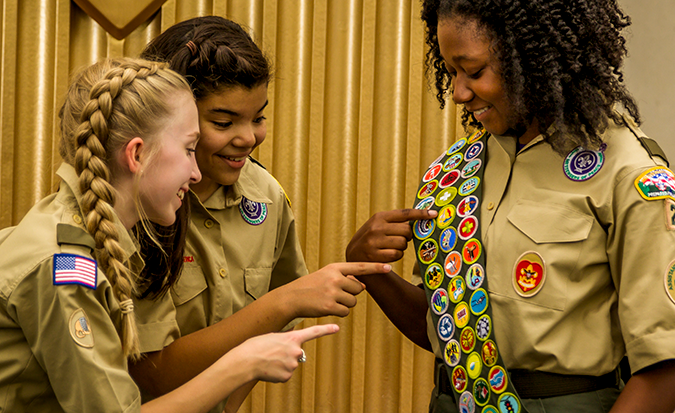
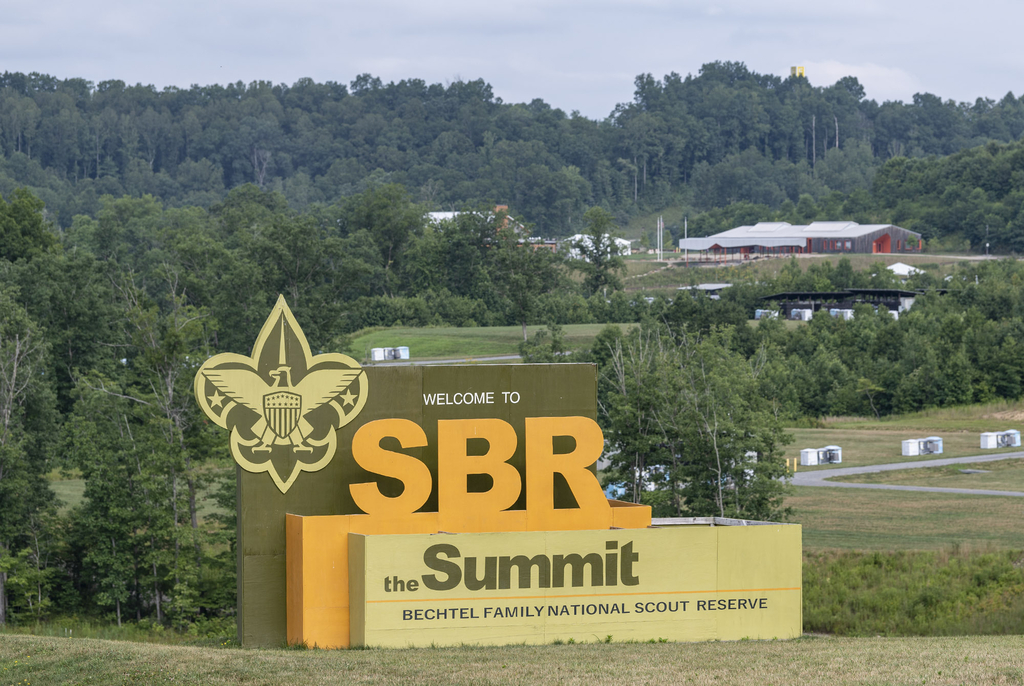

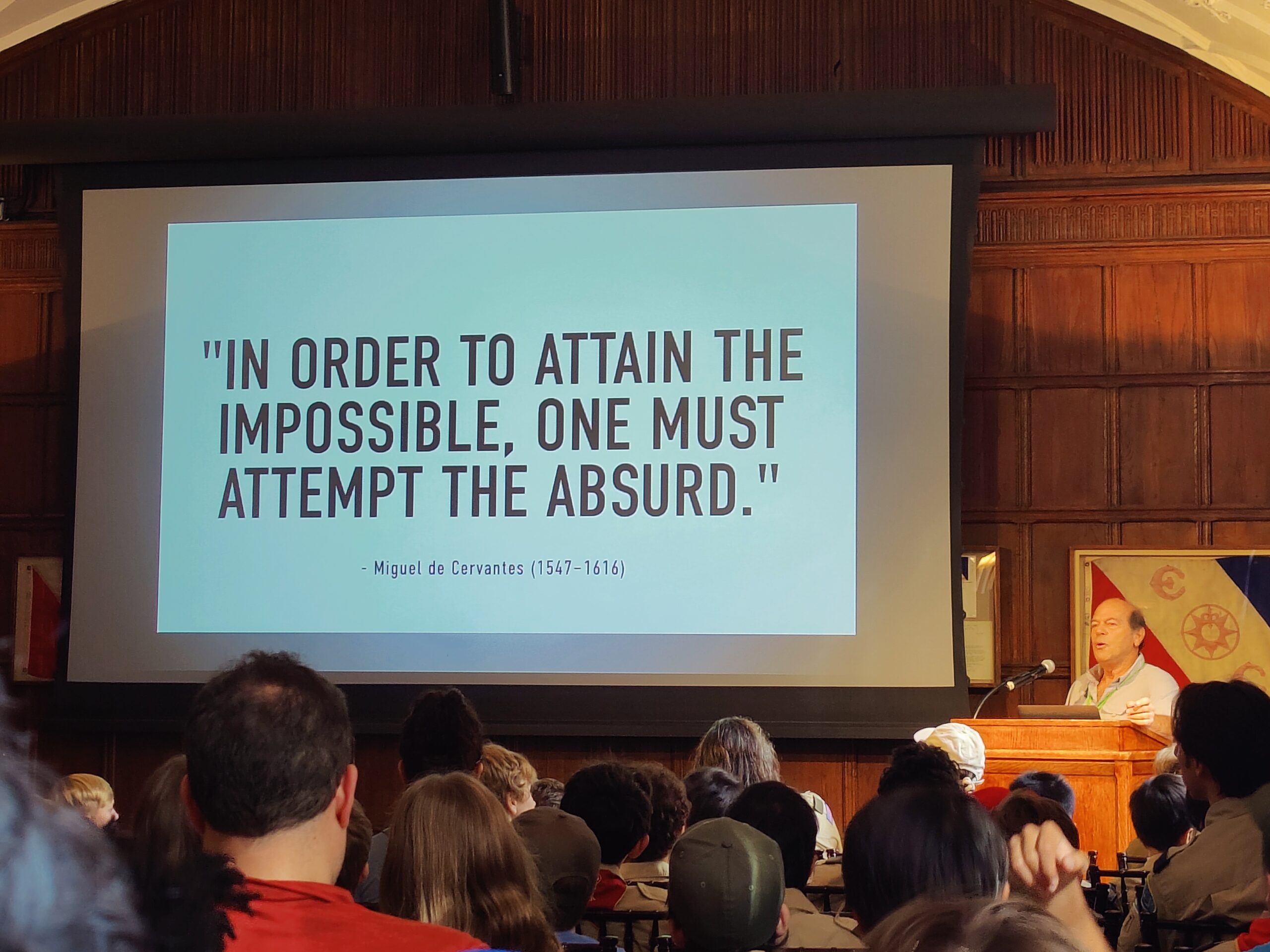

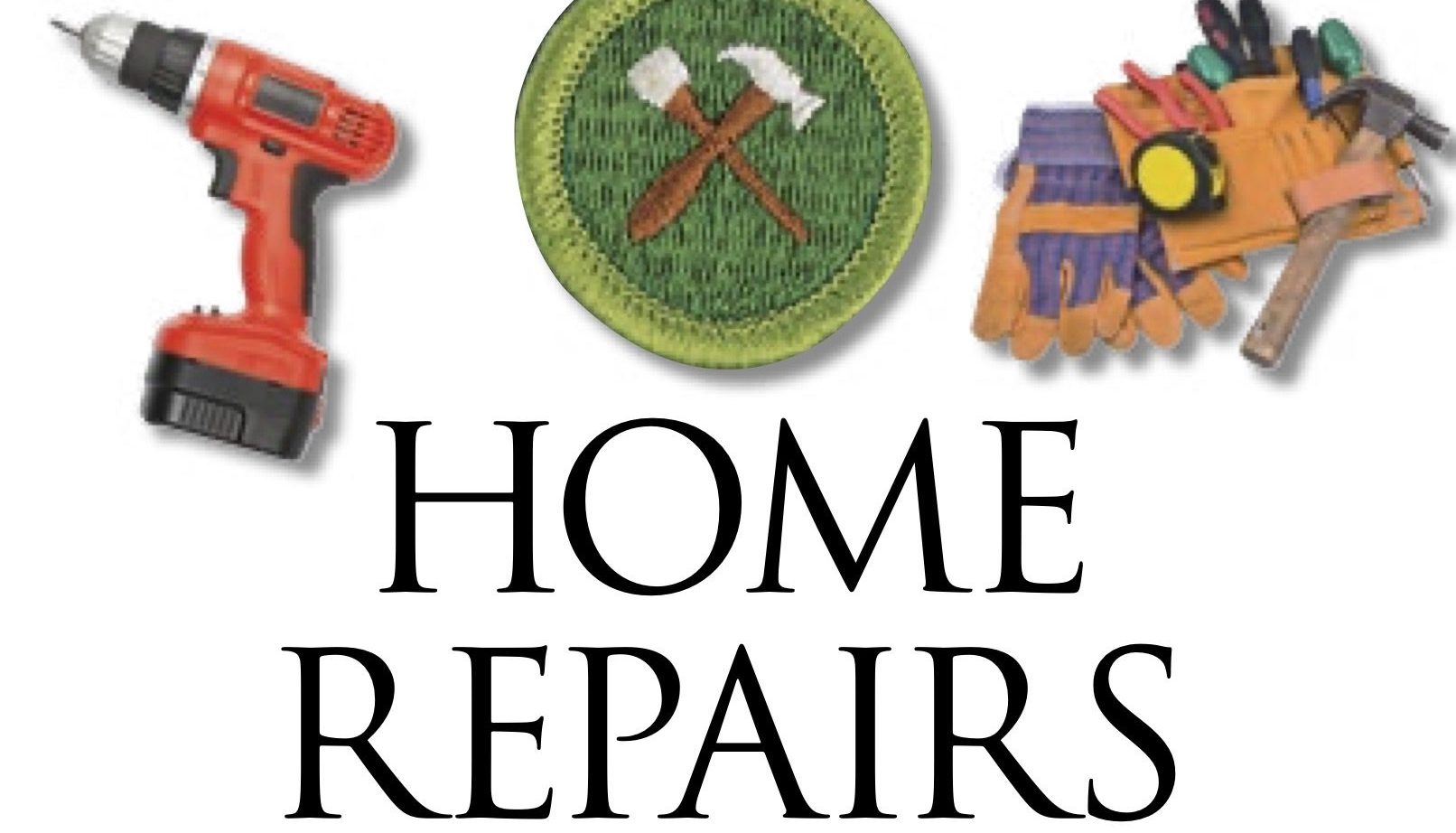

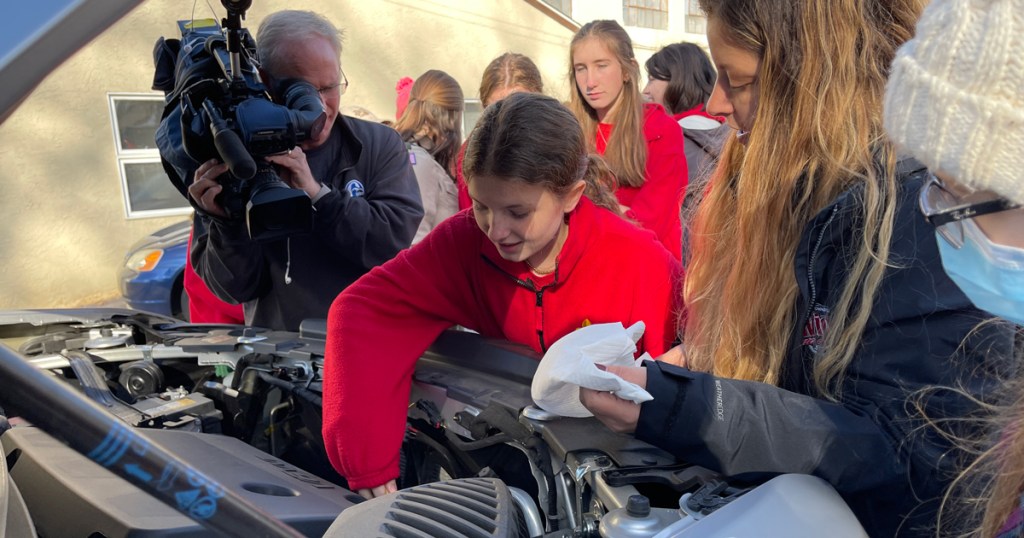
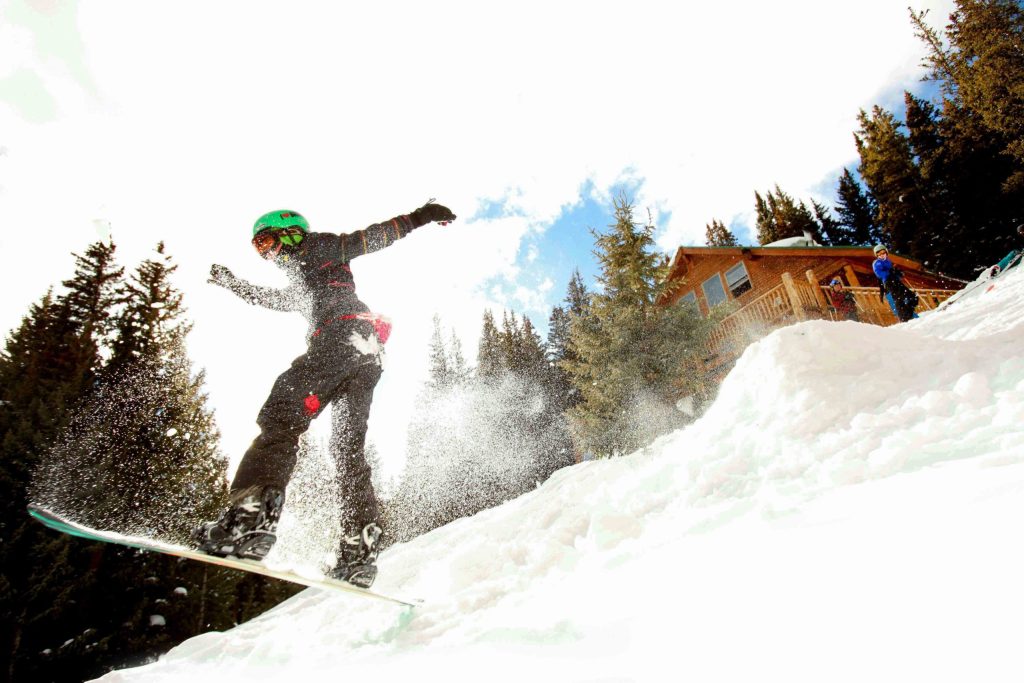
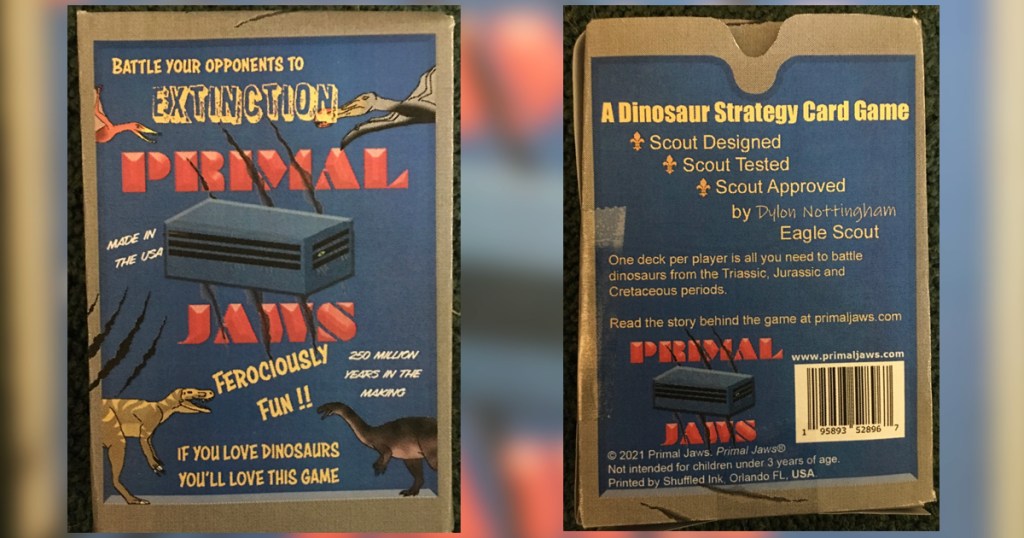
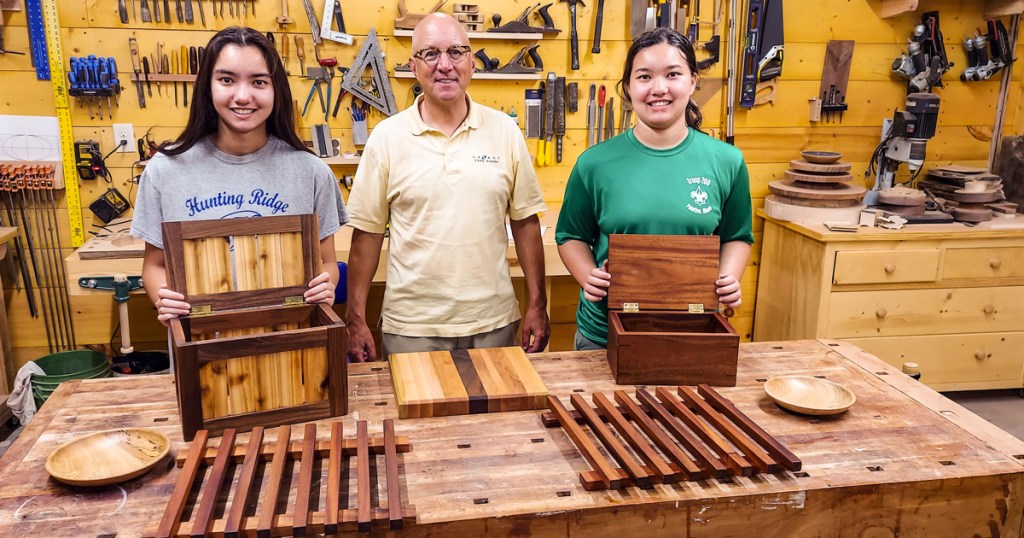
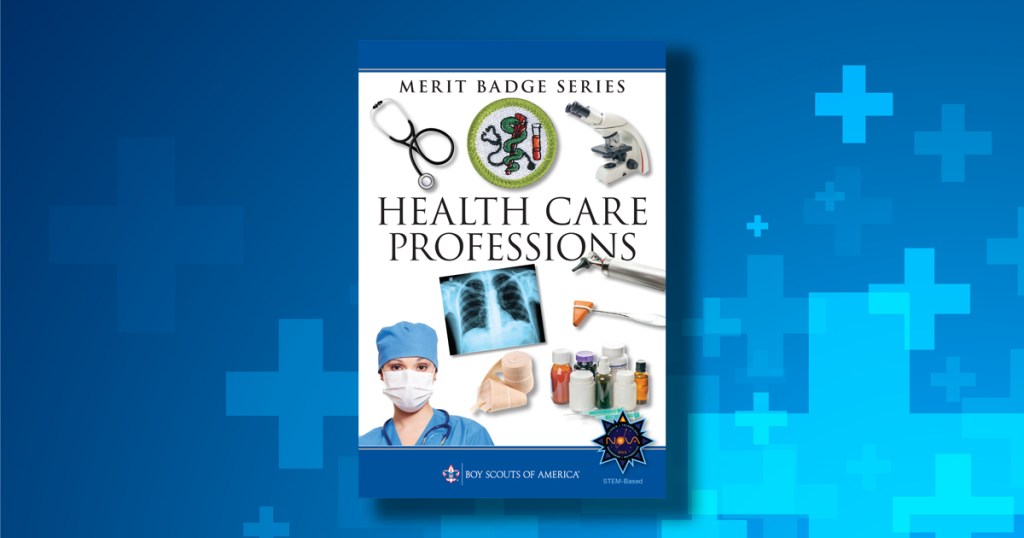
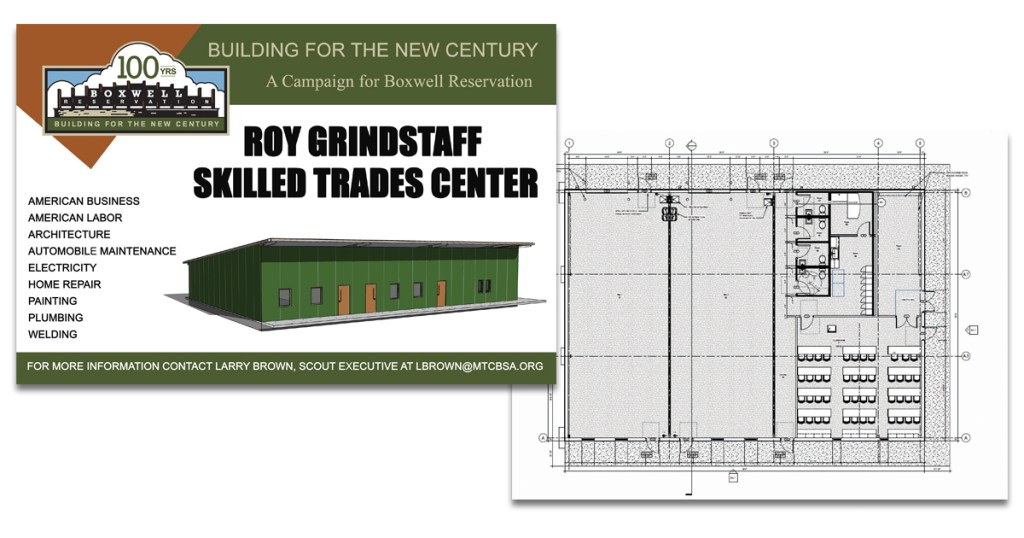
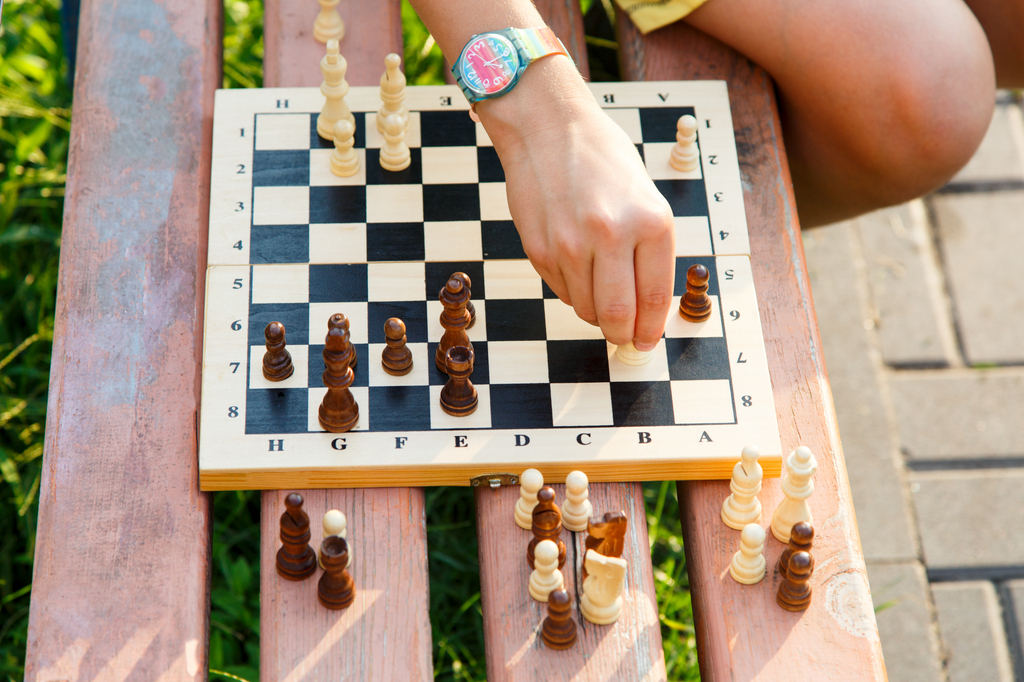

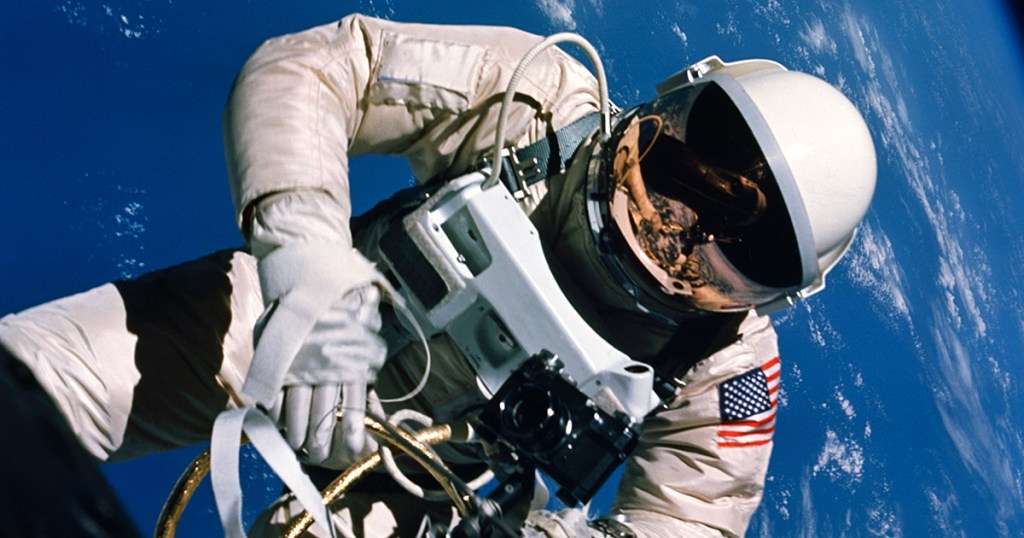
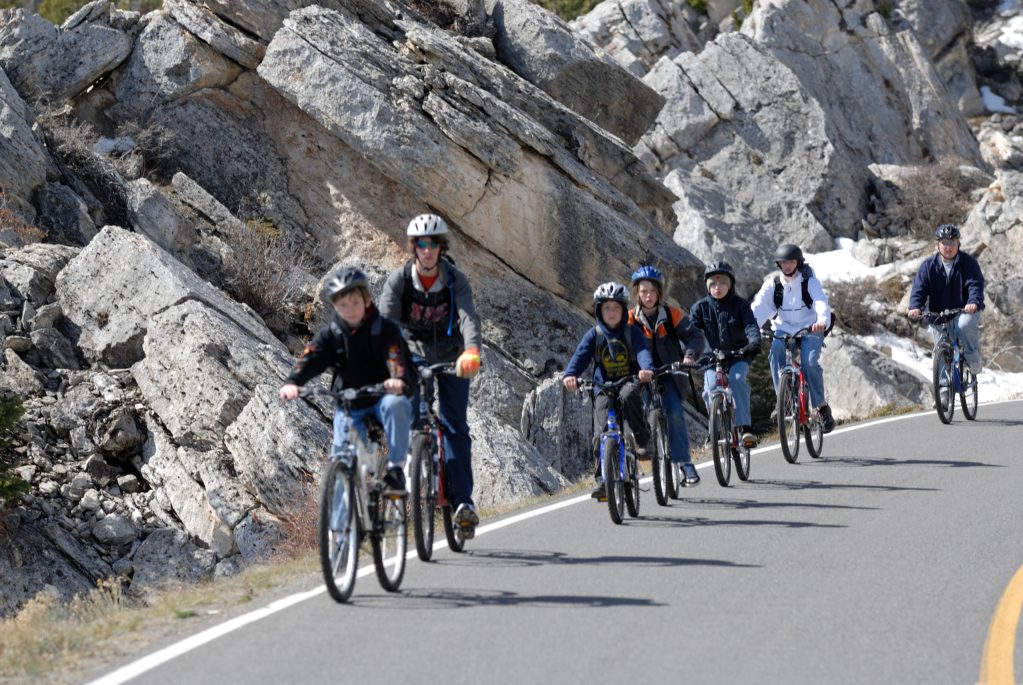





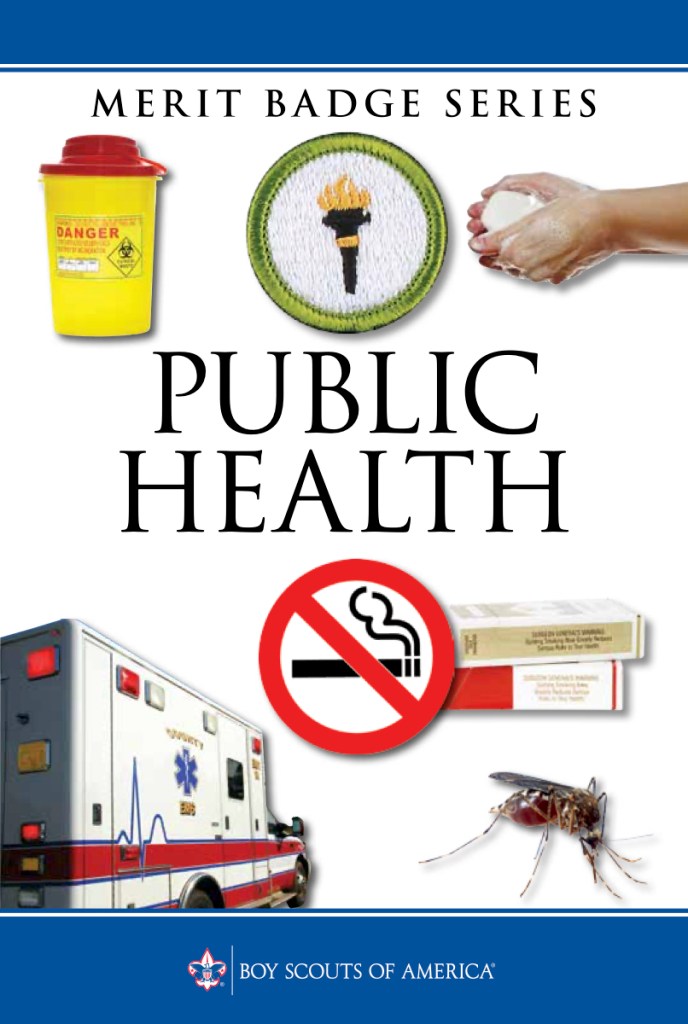


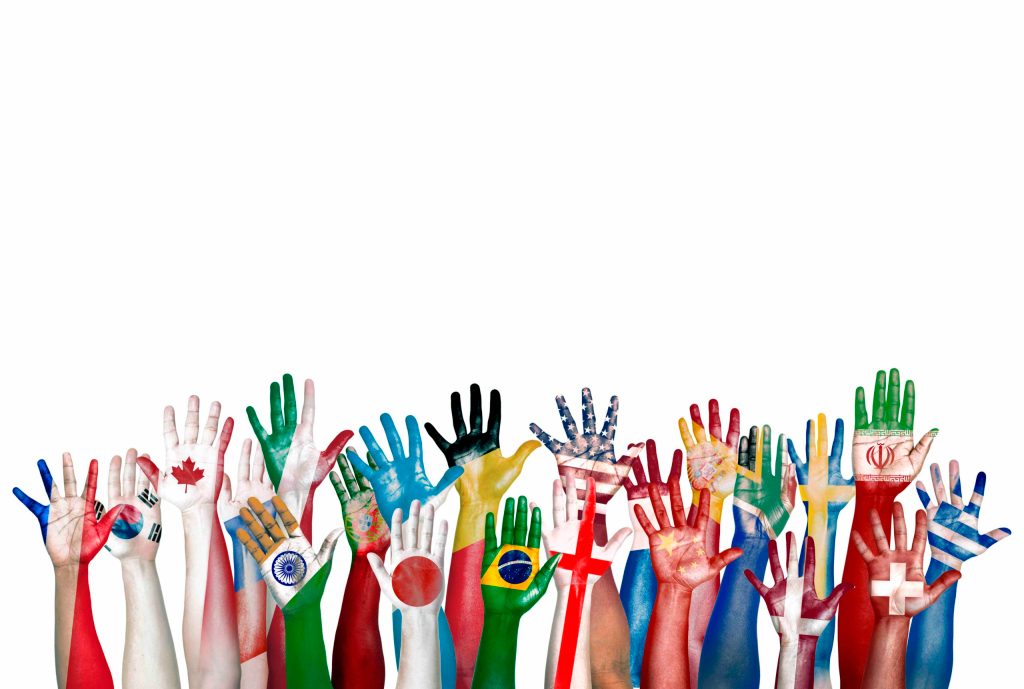


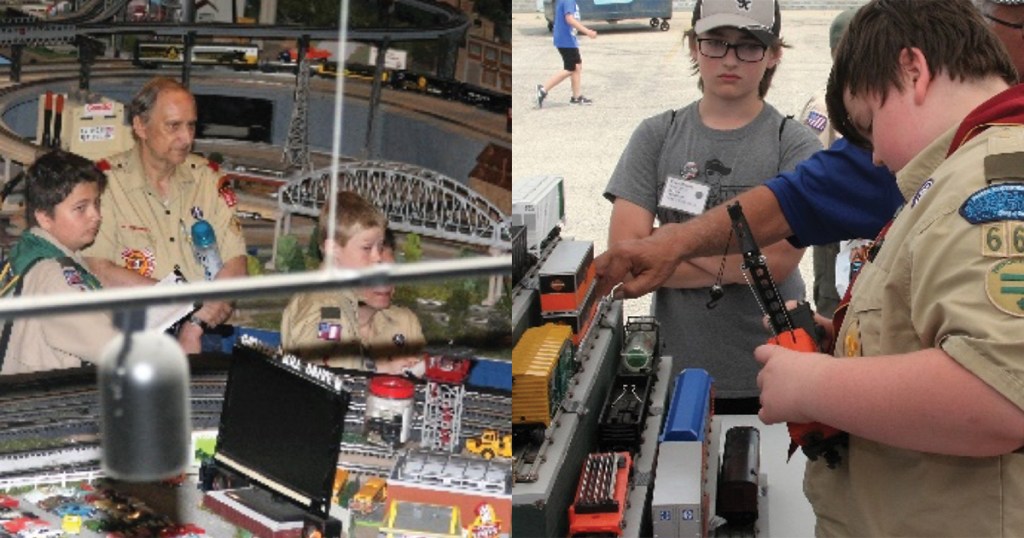

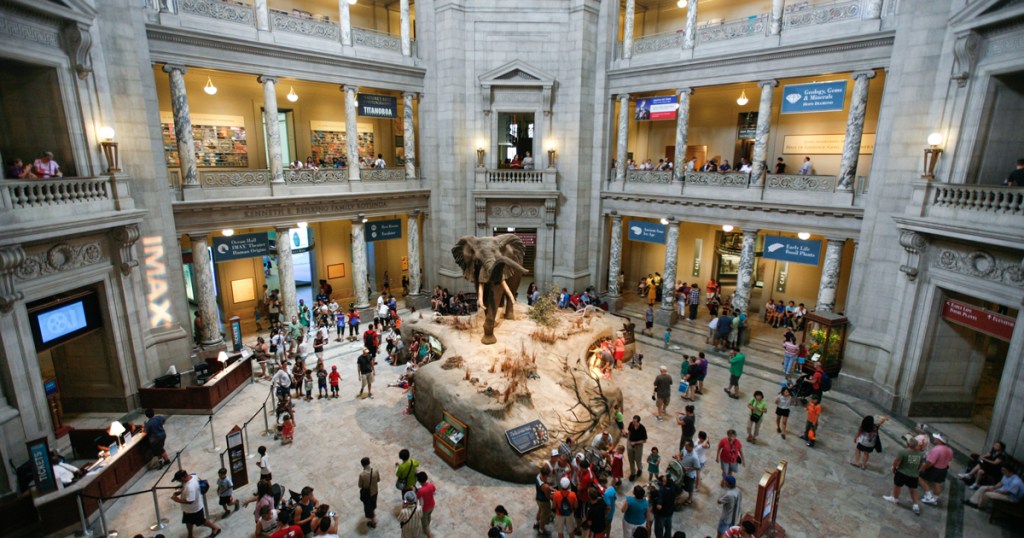









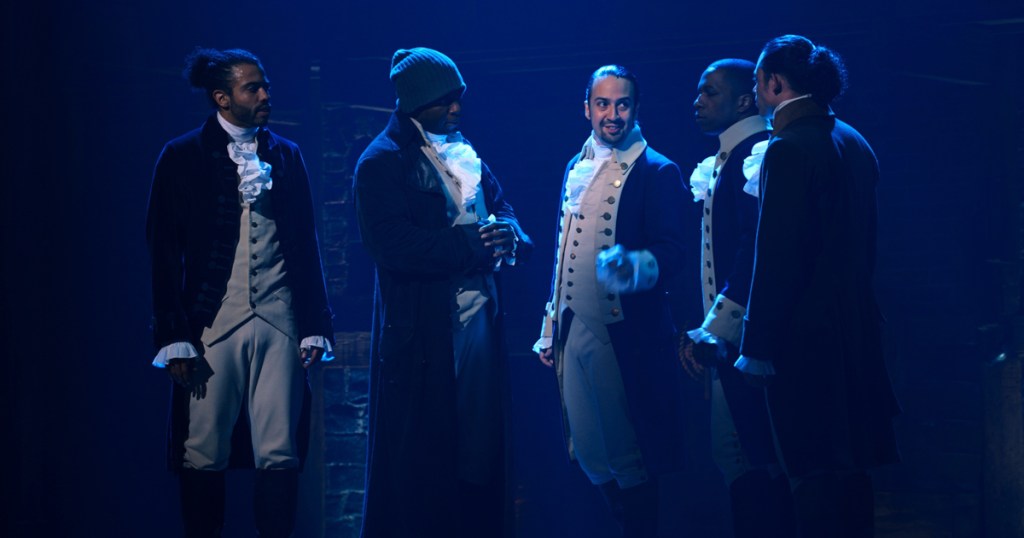








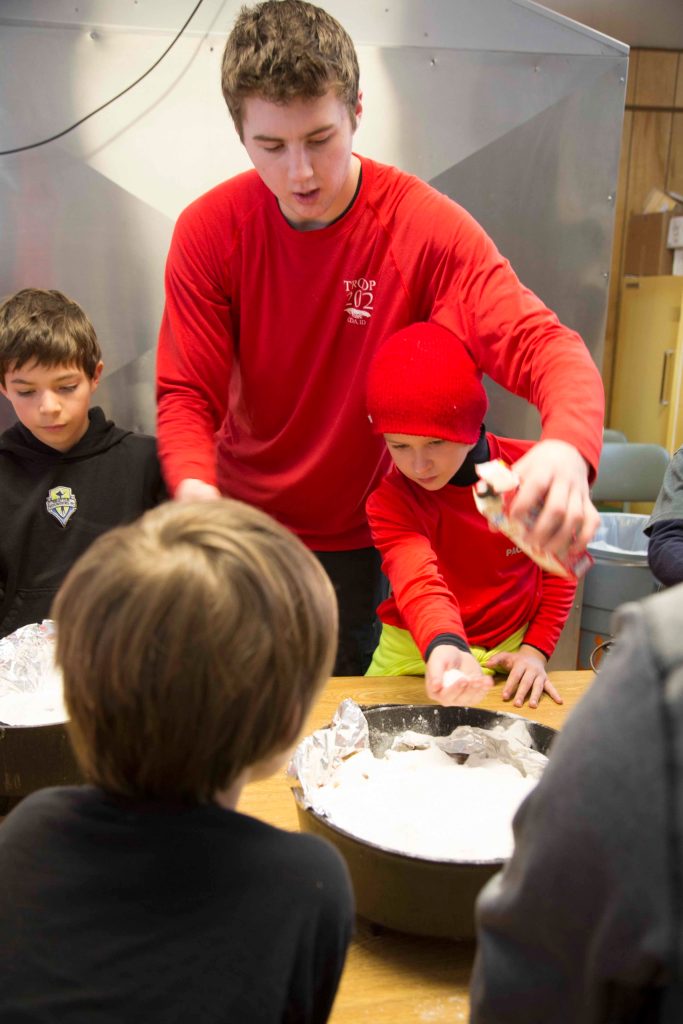




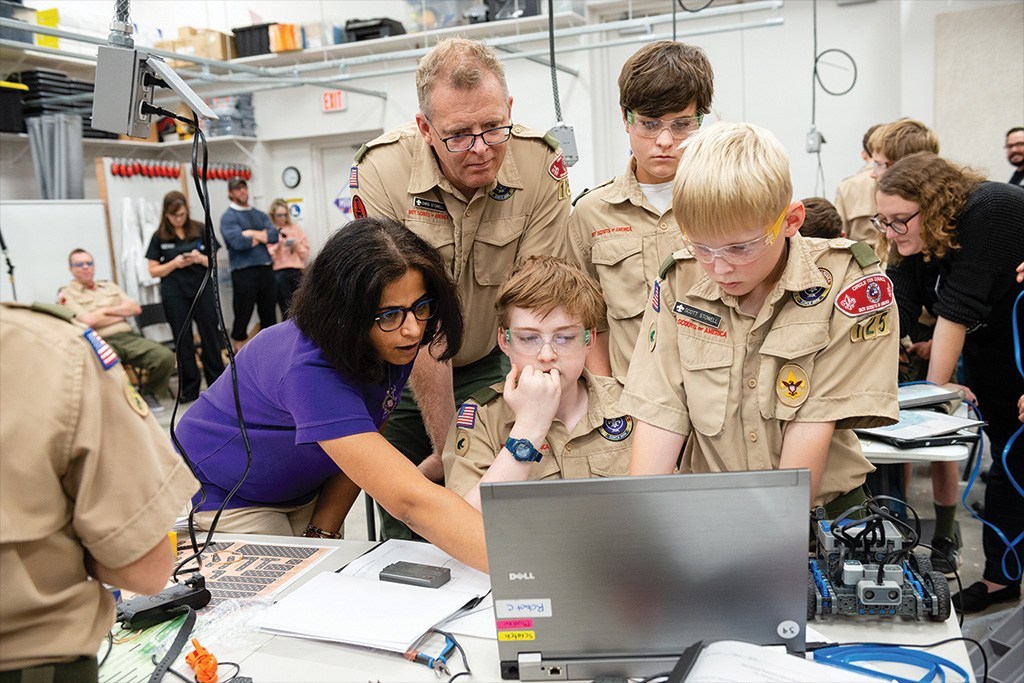







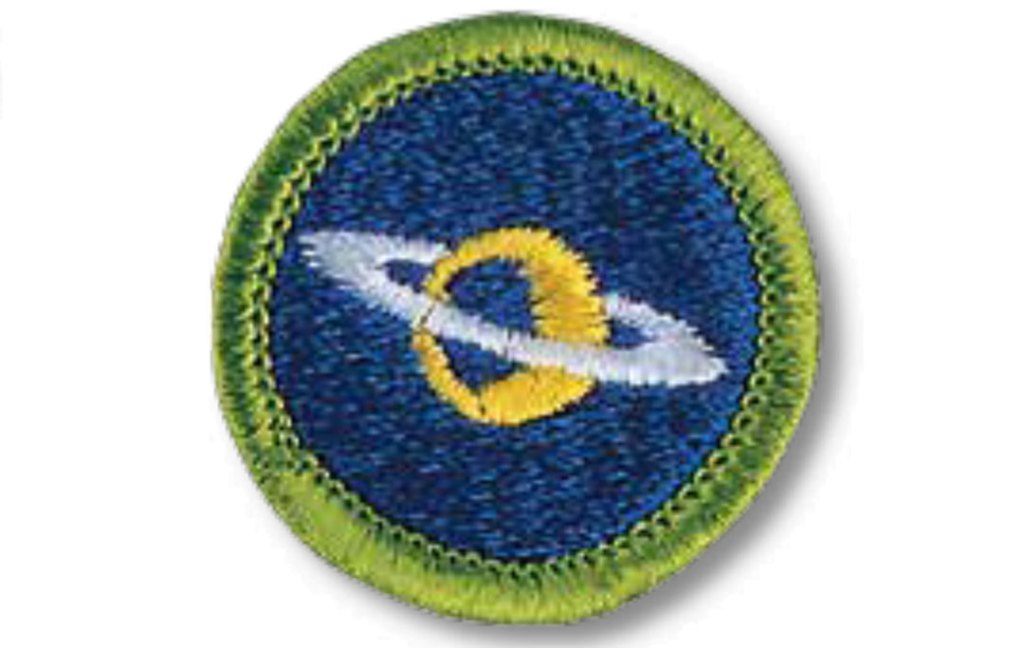


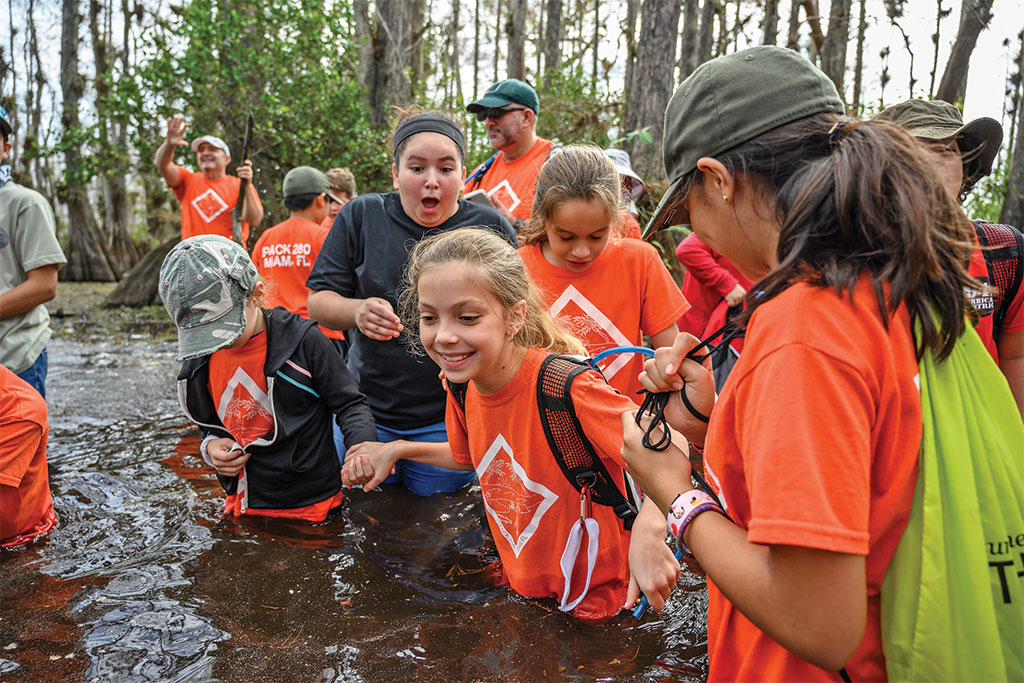


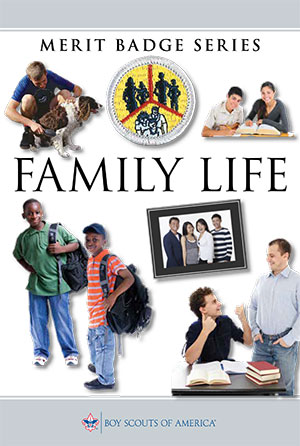


 Merit badge classes,
Merit badge classes,